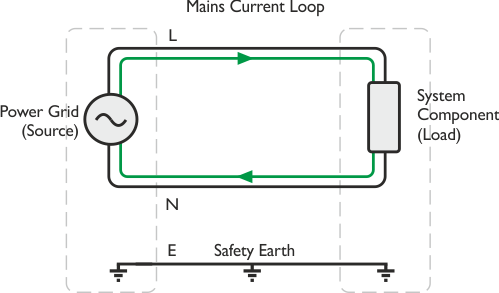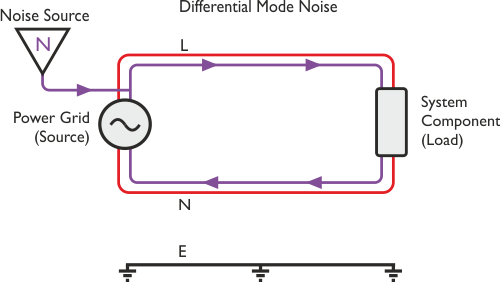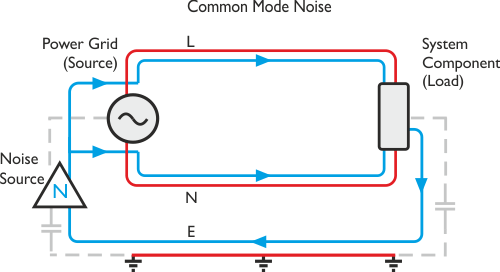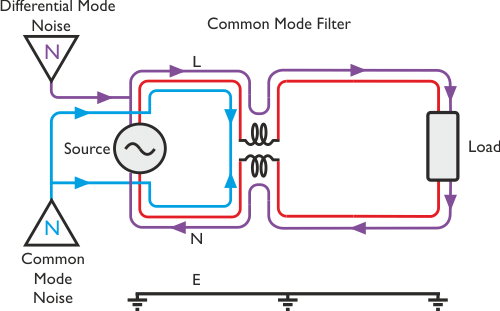

ISOL-8 SubStation Integra
*Mains conditioning products (for entire system)
Isol-8 SubStation Integra (Silver or Black finish) 4 lowcrrent + 2 High current + DC Blocking
The SubStation Integra is a true high performance mains conditioning and distribution solution for a complete system. It combines all the features found in our acclaimed flagship SubStation LC and HC together in one high quality chassis.

ISOL-8 SubStation Integra
A 20 Amp rated Neutrik latching input connector allows the 16A total capacity to be exploited with a suitable mains connection. The inlet is centrally positioned to minimise electrical and magnetic interaction between the two filter groups, which are individually protected by high quality magnetic circuit breakers.
The SubStation Integra has two individual filter sections. There are four low to medium current outlets optimised for source components, and two high current outlets optimised for power hungry components such as amplifiers. All are served by a high capacity ISOL-8 Axis circuit which blocks any performance degrading DC present on the mains. All outputs are surge and spike protected. A custom wound choke also filters any noise present on the safety earth wiring.
The four outlets optimised for source components each have their own dedicated Transmodal filter. This prevents noise generated from each component within the system degrading the performance of another, reducing noise cross contamination between components. This phenomenon is potentially as damaging to sound and picture quality as noise attack from outside the system.


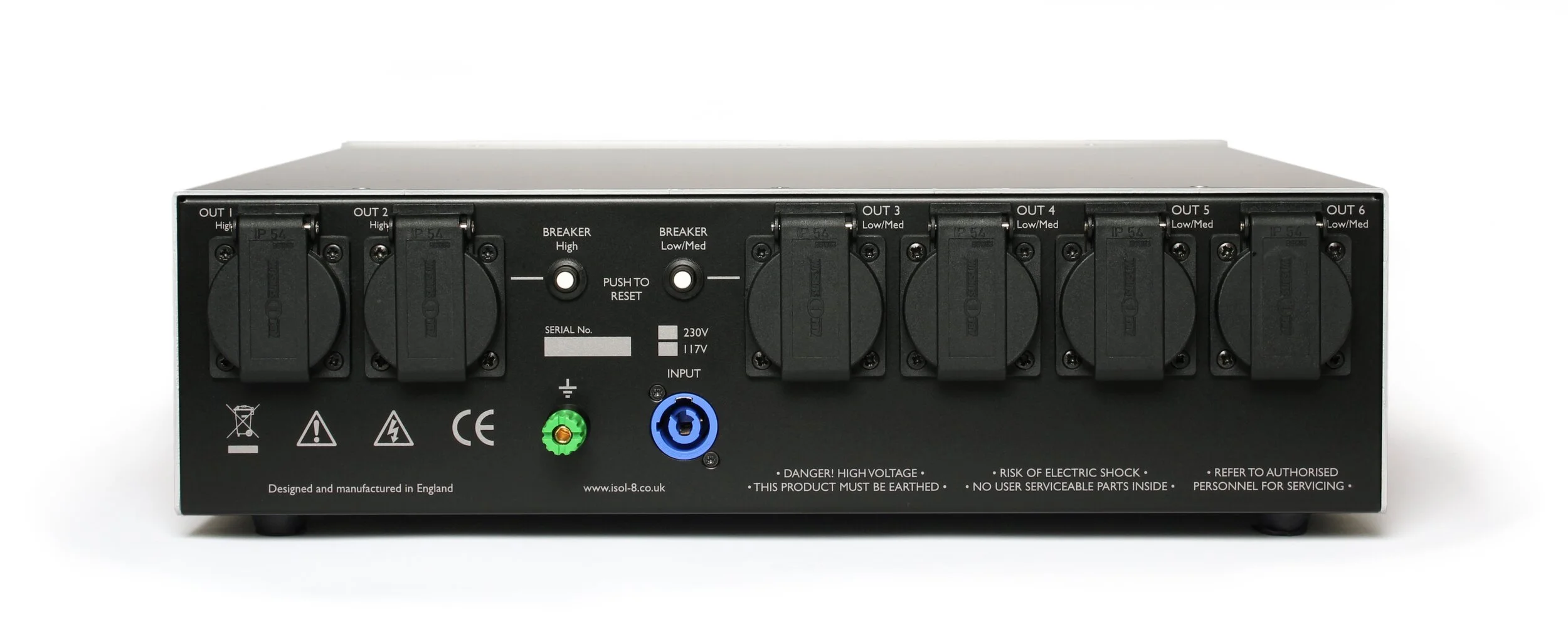

The two high current outlets are optimised for current hungry loads such as power amplifiers. The very low series resistance Transmodal topology means that high peak currents are passed effortlessly without dynamic compression, whilst still being effectively filtered.
-
The SubStation Integra is engineered to provide a lifetime of reliable service. The beautifully crafted enclosure features a CNC engineered 10mm alloy front panel and aluminium lid.
-
All outlets are protected against dust and dirt to IP54. Premium polypropylene capacitors, Mundorf OFC inductors and ISOL-8 custom wound chokes ensure superior performance.
-
Wiring is silver plated copper with PTFE insulation throughout.
With a little less current capacity and a lot less cost than its critically acclaimed LC and HC brethren, the SubStation Integra provides a solid foundation for supplying high end systems with clean power. The comprehensive feature set and powerful, but dynamically transparent filter complement will ensure your system delivers its full potential every time.
SPECIFICATION


